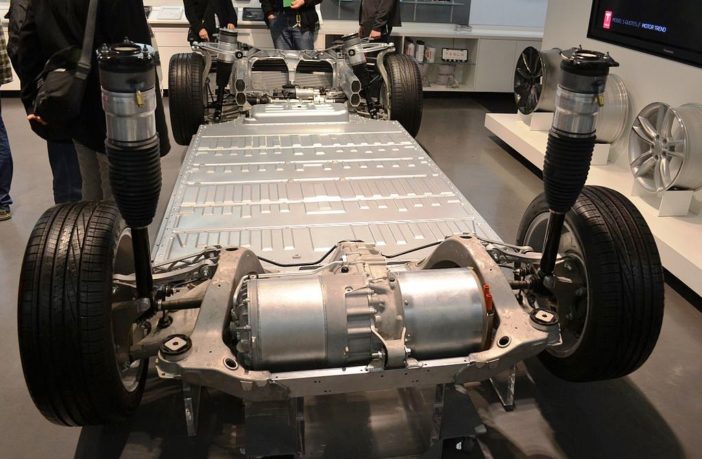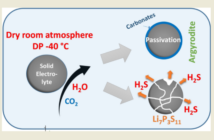We came across a useful post by Tesla about li-ion batteries. They wanted to explain why they prefer them despite occasional bad press. Sure batteries are not perfect they admit, but we are meticulous about our battery technology selection. Moreover, our trunk-sized batteries comprise thousands of tiny cells – 6,831 in the Roadster – safely stored away. Now that’s impressive stuff!
About Li-ion Batteries From a Performance Perspective
Tesla’s electric performance is impressive compared to gasoline alternatives without a shadow of a doubt. Moreover, it is whisperingly silent, and non-emitting in the present moment while in use. It is such a shame the energy used to make and recharge the batteries has such a deep carbon footprint though.
One of the trade-offs about li-ion batteries is the deal we have to strike between energy and battery life. Tesla may be right when it says, “These li-ion batteries are a whole lot better than nickel-metal hydride cells. And lead acid cells found in EVs of yore.” However it goes on to admit they have their limitations in terms of life. DO NOT ATTEMPT THIS EXPERIMENT YOURSEL.
Breaking Open a Tesla Battery To See What’s Inside
Tesla’s Words of Wisdom About Li-ion Battery Life Cycles
All batteries age, and as they do they lose capacity even if they are standing idle. This factor limits both ‘calendar life’ in years, and ‘cycle life’ in terms of distance between charging. Tesla provides the following tips how drivers can somewhat stretch these out.
Avoid very high charging rates taking less than two hours. Avoid allowing the battery to discharge completely, and never charge above 95%. Both extremes stress the inside of cells mechanically and electrically. Temperature and humidity affect Tesla batteries too, so avoid charging below 0° C / 32° F without pre-heating.
Their final words of wisdom about li-ion batteries in this instance concern avoiding very high discharge rates. Could that have something to do with thermal runaway causing them to catch fire after motor accidents?
Related
Hacking into Tesla’s 2170 Model 3 Battery
Preview Image: Model S Chassis with Powertrain and Battery Pack
Video Share Link: https://www.youtube.com/watch?v=c0IHNrW0QOA&vl=en




